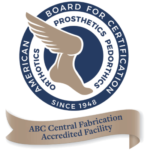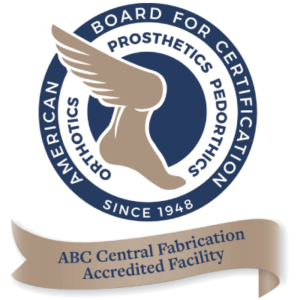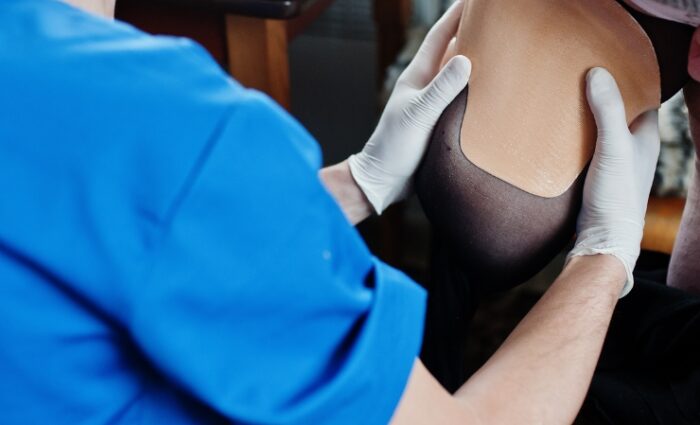How do prosthetic sockets stay in place comfortably?
For amputees, finding a comfortable prosthetic suspension is crucial to their daily lives. The prosthetic socket is an essential component that holds the prosthetic limb securely in place. But have you ever wondered how prosthetic sockets stay in place comfortably? In this post, we will delve into the fascinating world of suspension prosthetics and explore the various techniques used to ensure optimal comfort and stability.
Understanding Prosthetic Sockets
Before we dive into the specifics of how prosthetic sockets stay in place, let’s first understand what they are. Prosthetic sockets are custom-made structures that fit over the residual limb, providing a secure connection between the limb and the prosthetic device. They are typically made from lightweight and durable materials such as carbon fiber or thermoplastics.
Prosthetic Suspension Techniques
There are several types of prosthetic suspension techniques available, and the choice depends on the specific needs and preferences of the amputee.
Let’s explore some of the most commonly used methods:
Vacuum Suspension
Vacuum suspension involves using a vacuum system to create a negative pressure between the socket and the residual limb. This technique helps maintain a secure fit while minimizing excessive movement and friction. The vacuum system can be either mechanical or electronic, depending on the individual’s needs and preferences.
Pin Locking System
Pin locking systems utilize a pin that protrudes from the bottom of the socket and locks into a corresponding mechanism on the prosthetic limb. This method provides stability by preventing rotational movements and keeping the socket securely in place.
Suction Suspension
Suction suspension involves using a suction cup or seal at the bottom of the socket to create a secure and airtight connection with the residual limb. This technique helps to maintain suspension by utilizing the negative pressure created within the socket.
Strap Suspension
Strap suspension involves using straps or belts attached to the socket to secure it firmly onto the residual limb. This technique provides stability and support, preventing the socket from moving or slipping during daily activities.
The importance of a comfortable prosthetic suspension
A comfortable prosthetic suspension is crucial for amputees for several reasons:
Firstly, it ensures a secure and stable connection between the residual limb and the prosthetic device. This stability is essential for maintaining proper function and mobility, as any movement or slippage can cause discomfort and hinder the amputee’s ability to perform daily activities.
Secondly, a comfortable suspension helps to distribute the pressure evenly across the residual limb. This is important in preventing pressure sores and skin breakdown, which can be painful and lead to further complications. A well-fitted and comfortable socket allows for proper weight distribution, reducing the risk of pressure points and discomfort.
Furthermore, a comfortable prosthetic suspension can greatly improve the overall quality of life for amputees. It allows them to move more freely, participate in physical activities, and regain independence. With a secure and comfortable suspension, amputees can have confidence in their prosthetic limb, knowing that it will stay in place and support them throughout the day.
Finding the Right Prosthetic Suspension
Every individual is unique, and what works for one person may not work for another. It is important for amputees to work closely with their prosthetist to find the right prosthetic suspension technique for them. Factors such as the specific needs of the amputee, the nature of their amputation, and their lifestyle should all be taken into consideration when selecting a suspension method.
Achieving a Comfortable Prosthetic Suspension
It is important for amputees to communicate their needs and preferences to their prosthetist, as they are experts in prosthetic technology and can provide guidance and recommendations based on their knowledge and experience.
During the fitting process, the prosthetist will take measurements and assess the shape and condition of the residual limb. They may also consider the individual’s activity level, weight, and any specific challenges or concerns they may have. Based on this information, the prosthetist will recommend a suspension method that best suits the individual’s needs.
Once a suspension method is selected, the prosthetist will customize the socket to ensure a proper fit. This may involve adding padding or modifying the shape of the socket to provide optimal comfort and support.
It is important for amputees to regularly communicate and provide feedback on the comfort and functionality of the suspension system. Adjustments may need to be made over time as the residual limb changes shape or as the individual’s needs and lifestyle evolve.
Maintenance and Care for Prosthetic Suspension
To ensure an effective prosthetic suspension, it is important for amputees to properly maintain and care for their suspension system.
Here are some tips to help with prosthetic socket maintenance:
Cleanliness: Regularly clean the suspension system to remove any dirt, sweat, or bacteria that may accumulate. Patients should use a mild soap and gently scrub the socket with a soft cloth.
Inspections: Routinely inspect the suspension system for any signs of wear or damage. Check for loose or frayed straps, tears in the padding or liners, or any other issues that may compromise the effectiveness of the suspension. If any problems are found, your patient should contact you immediately.
Regular Check-ups: Regular check-ups should be scheduled to ensure that the suspension system is still providing optimal comfort and functionality.
Contact Grace Prosthetic Fabrication to Learn More About Prosthetic Suspension
At Grace Prosthetic Fabrication, we understand the importance of finding a comfortable prosthetic suspension that meets the specific needs of patients. Our team of experienced and knowledgeable prosthetists can guide you through the fitting process and recommend the best suspension method for your patients.
Contact Grace Prosthetic Fabrication to learn more about our fabrication services and see how we can help your patients.






